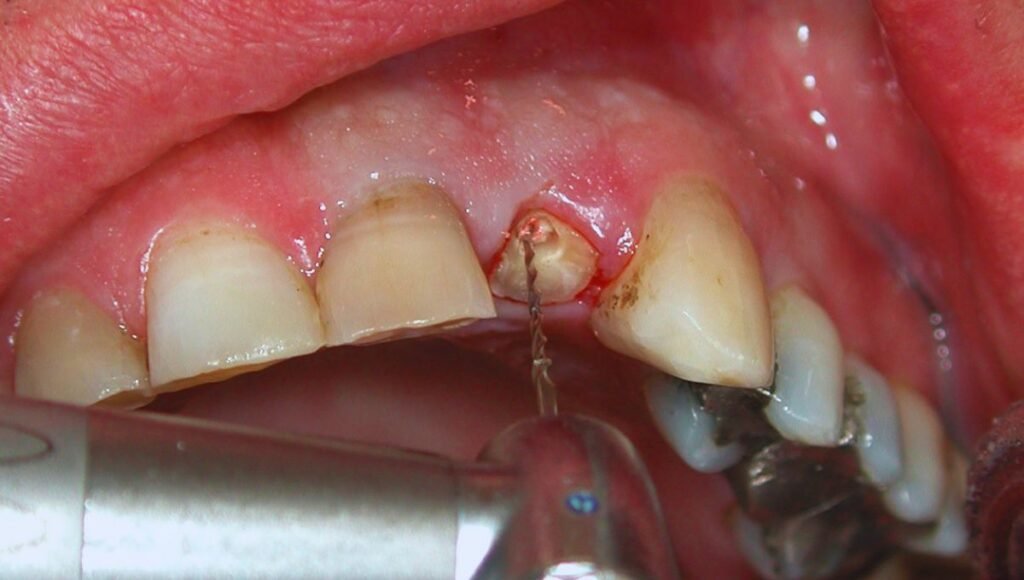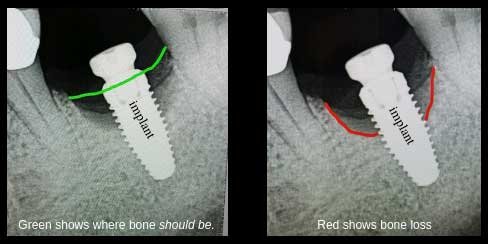How to Pull a Cracked Tooth at Home?
Have you ever wondered if you could manage a cracked tooth from the discomfort of your own home? While pulling your own tooth might seem like a quick fix, it’s fraught with risks. You’ll want to understand the potential hazards, from infection to unintended damage to adjacent teeth. Before you even consider reaching for those pliers, let’s discuss why professional intervention is not just recommended but essential. What happens if you ignore expert advice? Stay tuned to uncover the consequences of DIY dental extractions and why they might cost you more than a visit to the dentist.
Assessing the Severity of the Crack
Before attempting any treatment, accurately assessing the severity of the crack in your tooth is paramount. A superficial crack might only affect the enamel, presenting minimal discomfort and often not requiring immediate intensive care.
However, a deeper crack extending into the dentin or pulp can cause significant pain and necessitate more urgent treatment.
If you’re experiencing sharp pain or sensitivity, especially to hot or cold stimuli, this could indicate that the crack has reached the sensitive inner layers of your tooth. In such cases, pain management becomes vital.
Over-the-counter pain relievers can provide temporary relief, but they’re not a long-term solution. You’ll need to consult an emergency dentist who can evaluate the extent of the damage more thoroughly.
Depending on the assessment, the dentist might suggest a root canal to remove the damaged pulp, followed by the placement of a dental crown to restore the tooth’s function and appearance. This approach not only relieves pain but also prevents the spread of infection and further degradation of the tooth structure.
Preparing for Tooth Extraction

If your dentist recommends a tooth extraction due to a severe crack, it’s important to prepare properly to guarantee a safe and effective procedure.
First and foremost, you need to understand pain management. Over-the-counter pain relievers, such as ibuprofen, can be used to ease discomfort before the procedure. Additionally, consider natural home remedies like clove oil, which has been shown to reduce pain due to its eugenol content.
However, it’s essential to be aware of the risks and potential complications involved in a DIY tooth extraction. Extracting a tooth without proper training and tools can lead to significant complications, including infection, prolonged bleeding, or even more severe damage to surrounding teeth and gums.
To minimize risks, make sure you’re following any pre-extraction instructions given by a healthcare professional. This might include fasting or avoiding certain medications before the procedure.
It’s also important to have a plan for post-extraction care. Prepare a comfortable recovery area in your home, and stock up on soft foods to ease the healing process.
Necessary Tools and Materials
While preparing for a tooth extraction, make certain you have the correct tools and materials to minimize risks and facilitate a safe procedure. It’s vital to understand that DIY extraction should only be considered under dire circumstances, as professional dental care is strongly recommended due to the risks involved.
Firstly, sterile gauze is essential to manage bleeding and should be readily available. You’ll also need a pair of sterile gloves to prevent infection. Make sure you have dental floss or a small rubber band, which can be used to wiggle the tooth if necessary, although this should be done with great care.
An ice pack or cold compress can help manage swelling before and after the procedure. Over-the-counter pain relievers are advisable to alleviate discomfort. However, avoid aspirin as it can increase bleeding.
For those considering home remedies, clove oil is a natural antiseptic that can be applied to the affected area to help numb pain temporarily. Remember, these remedies don’t replace professional treatment but may provide temporary relief.
Always have a phone ready to call a professional if the situation worsens. This preparation is essential to ensuring the safest possible outcome for a DIY extraction at home.
Step-by-Step Extraction Process
Always make sure that you have thoroughly sterilized your hands and tools before attempting to extract a tooth. Remember, pulling a tooth without proper training poses serious risks, including infection or irreparable damage to your gums and jawbone.
Start by using pain management strategies. Over-the-counter pain relievers can be taken an hour before the procedure to help mitigate discomfort. Apply a numbing gel around the area to reduce pain during the extraction.
Position yourself in front of a mirror to have a clear view. Use the sterilized dental forceps to gently grasp the tooth. Don’t jerk or twist abruptly; instead, pull steadily with a firm grip. If you feel excessive resistance or pain, it’s vital to stop immediately.
Assess the situation continuously. If the tooth doesn’t come out with reasonable effort, or if bleeding and pain are significant, these are signs that professional help is needed. Seeking emergency alternatives like visiting a dental urgent care can prevent complications.

Aftercare and Preventing Infection
After extracting a tooth, following strict hygiene practices is vital to prevent infection and promote healing. Managing your care post-extraction is important, and you’ll need to prioritize pain management and oral hygiene for a smooth recovery.
Here are three necessary steps to help you maintain cleanliness and reduce the risk of complications:
- Rinse with Saline Solution: Start rinsing 24 hours after the extraction. Use a warm saline solution (mix one teaspoon of salt in a cup of warm water) several times a day. This aids in reducing swelling and eliminating bacteria from your mouth, assisting in the healing process.
- Pain Management: You’ll likely experience some discomfort after tooth extraction. Manage this pain with over-the-counter pain relievers like ibuprofen or acetaminophen. Follow the dosage instructions carefully and seek advice from a healthcare provider if the pain persists or worsens.
- Use Antibiotics If Prescribed: If there’s a high risk of infection, a healthcare professional might prescribe antibiotics. It’s important to complete the full course as directed to prevent bacterial growth and promote healing.
Frequently Asked Questions
Can a Cracked Tooth Heal on Its Own Without Intervention?
A cracked tooth can’t heal on its own. Incorporating natural remedies and self-care can aid the healing process, but prevention techniques and professional treatment are essential for safety and long-term dental health.
What Are the Risks of Leaving a Cracked Tooth Untreated?
Leaving a cracked tooth untreated can lead to severe complications, including infection and the need for a dental emergency like tooth extraction. It’s vital to address these issues to prevent further health risks.
How Can I Tell if My Cracked Tooth Is Infected?
You’ll notice signs of infection in a cracked tooth by swelling, pain, or pus. Prioritize prevention by maintaining good oral hygiene and consulting your dentist to avoid escalating the problem. Stay safe!
Are There Any Home Remedies to Alleviate Pain From a Cracked Tooth?
You shouldn’t attempt home extraction as it can escalate to a dental emergency. Instead, use natural remedies like clove oil for temporary relief, but consult a dentist to safely address a cracked tooth.
When Should I Opt for Professional Dental Treatment Over Home Extraction?
You should opt for professional dental treatment over DIY tooth extraction or home tooth removal when there’s severe pain, infection signs, or if the tooth isn’t easily removable to avoid complications and guarantee safety.
Conclusion
While you may feel compelled to tackle a cracked tooth at home, it’s essential to resist the urge. Doing so can lead to serious complications, including infection and additional damage. Always consult with a dentist who can safely perform such procedures and provide appropriate aftercare.
Remember, professional dental care isn’t just about solving immediate issues; it’s about protecting your overall oral health. Don’t risk long-term harm for a temporary solution. Seek professional help for the safest outcome.
